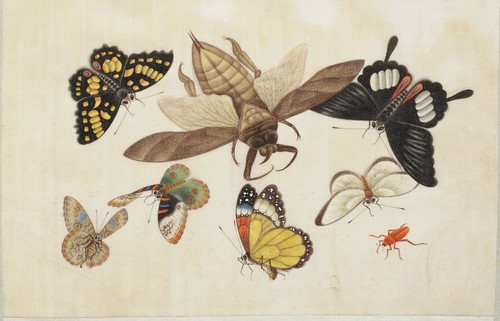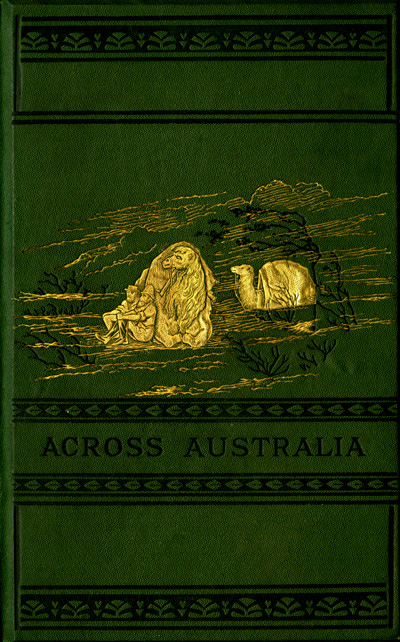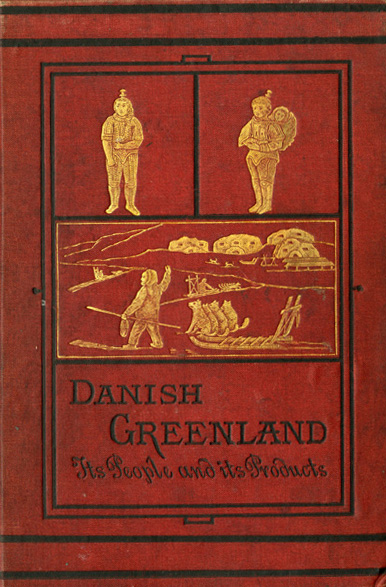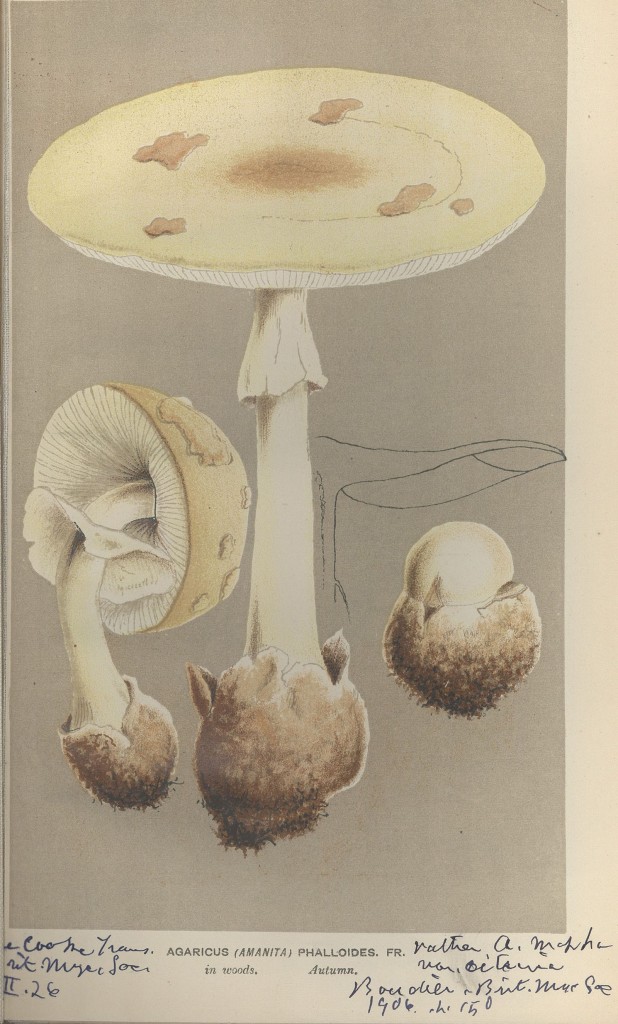First, let me acknowledge peacay as undisputed champion of Internet cool-stuff-finding. Today’s Butterfly Album post is a multi-dimensional winner. First, there are the images. I’m particularly partial to a painting containing what I think is a Giant Water Bug:
*
Then there’s the intriguing info on where the insects were collected:
The only other information known is that the butterflies and insects were collected from the Aralia (spikenard) and related Tetrapanax papyrifera (pith paper tree) plant species.
Followed by a link to the Harvard Herbarium for more info on the pith paper tree. The Herbarium rates a big marker pin on my mental map – it’s close, houses the Blaschka’s glass plant models and – most important for me – was the base of operations for Richard Evans Schultes (prev. posts here and here). I’ve wandered around the Herbarium website before, but today – thanks to peacay – I kicked around the Botany Library On-Line Exhibits (not sure I’ve ever happened upon this part of the site before). There’s a nice series on book covers/bindings:
*
*
a section on the ‘other’ Amanita (phalloides)
*
and then there’s this, from the Economic Botany Clipping File:
Dr. Schultes teaching in the Nash Lecture Hall
Painting by Hannah Barrett, November 1994
The caption in the tiles says, “Richard Evans Schultes, Director Emeritus, demonstrating the blowgun in the Nash Lecture Hall, the Botanical Museum, Harvard University, 15 November 1994.” Ethnobotanical explorer in lab coat? Check. Blowgun, darts and quiver? Check. Little potted cactus ($100 says Lophophora williamsii)? Check. More interesting details that I’ll leave for you, the reader? Check. I’m curious as to what molecule is diagrammed on the chalkboard…
One last picture to end the post – from the book Beata Ruris Otia Fungis Danicis Impensa. Enjoy!







Hi, Thanks for bringing the lovely painting to boing-boing’s attention – I don’t know anything about chemistry, but working on the assumption that it would be some kind of arrow poison from South America, I thought epibatidine looked like the most likely suspect.
I have a blowgun from Sarawak in Malaysia – it fires little darts of wood tipped with iron and with a bit of cotton wool at the back – at close range it can go an inch into soft wood.
what a gorgeous site, thank you.
prof schultes was sent to s. america during war to find rubber for plane tires in case the only other source avaiable then, malaysia, would have a rubber blight.
he was also wade davis; prof and mentor… great stuff!! petra
The Doc Shultz painting depicts two chemical structures. The top one is psilocybin, the hallucinagenic component of “magic mushrooms”. The bottom one is mescaline, the psycotropic compound from peyote cactus.
Yep, does look like that – sorry, I didn’t look at the enlargement.
Thank you good sir for the kind words.
Ordinarily this post would have been surfaced by a google alert. But I see that you have decided, like many many many many others, to go freeform with the spelling of my handle (of the various explanations I’ve come up with over the years, I suspect there is an inherent trope in American English to view a ‘c’ as mostly or always having a softer sound than the ‘k’).
In any event it DID surface from a search: I’m just slowly getting a post together about the Fungis Danicis. You’ll be happy to know that hawkdog came up in the first 20 results! As it should, you always have interesting posts.
‘Decided’ is a very charitable interpretation! My apologies – fixed. My excuse – since I’m spelling the letter K, the temptation to include it in the (mis)spelling is overwhelming. Looking forward to the Fungis Danicis post – those are some amazing images, especially given the 1790 publication date.
By the way, you’ll be happy to know your site is being so well indexed. An image search on ‘Beata ruris otia Fungis Danicis’ gives you about 1/3 of the first page of image results. That’s pretty impressive. It was only a couple of years ago when the standard knowledge about img indexing was that it lagged by about 6 months.